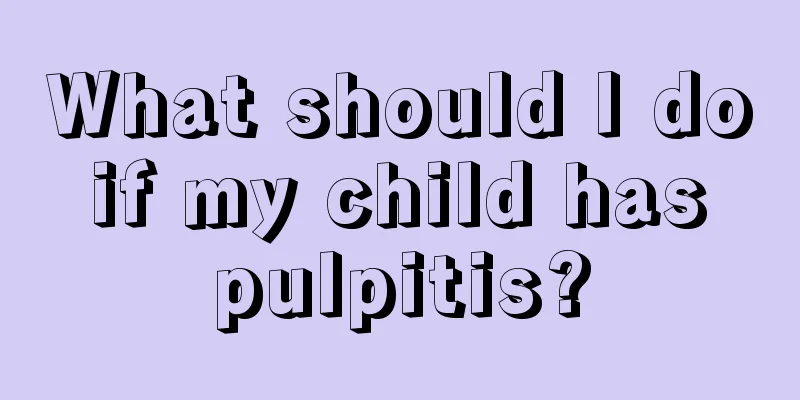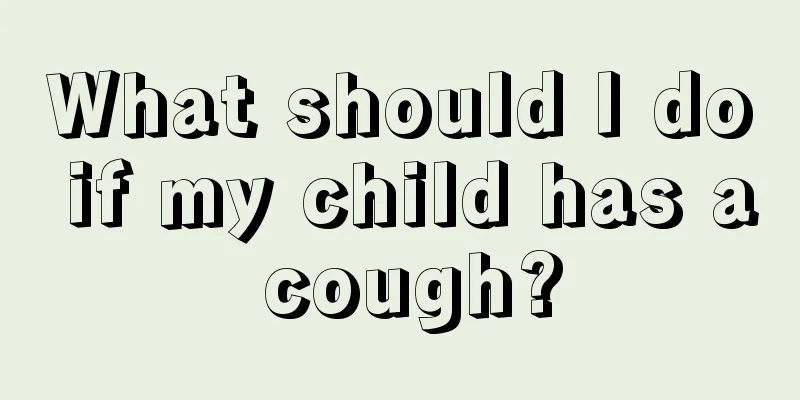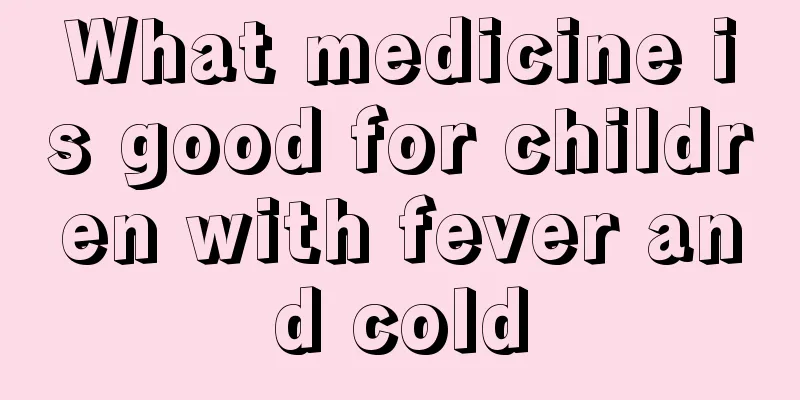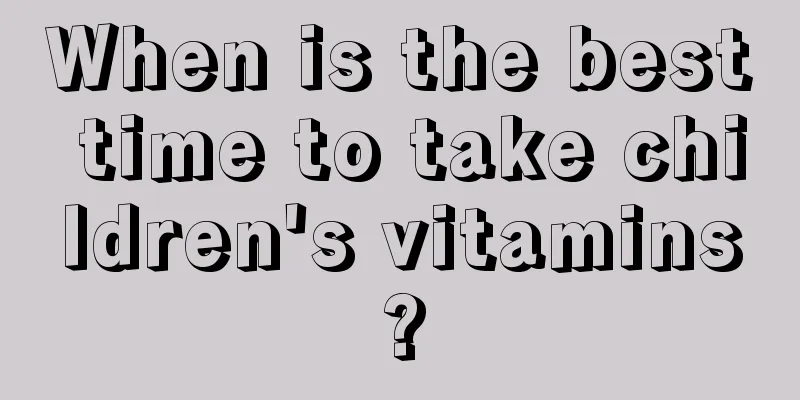White blood cell high fever recurring?

|
A baby's fever is related to pathogen infection, and a high white blood cell count is a basis for judging bacterial infection. In fact, a high white blood cell count indicates that there is a bacterial infection in the baby's body. The inflammation after the infection is the direct cause of the child's fever. The treatment of a baby's fever is to reduce the temperature and then reduce inflammation. If the baby has a high fever repeatedly, it is best to take the baby to the hospital to find out the cause and treat it symptomatically. How many degrees is considered a fever for babiesThe normal axillary temperature of a child is between 36℃-37℃, and it is considered a fever if it exceeds 37.4℃. Under normal circumstances, children's body temperature can fluctuate within a certain range. A body temperature above 37°C is considered a fever. 37.5℃-38.4℃ is a low fever, and above 38.5℃ is a high fever. But every child's physical condition is different, so it depends on the child's physique. If calculated based on rectal temperature, the normal baby's basal body temperature is 36.9℃-37.5℃. Generally, when the body temperature exceeds the basal body temperature by more than 1°C, it is considered a fever. Among them, low fever refers to body temperature fluctuating around 38°C, and high fever refers to body temperature above 39°C. Continuous fever for more than two weeks is called long-term fever. Generally speaking, oral temperature is 0.3℃-0.5℃ lower than rectal temperature, and axillary temperature is 0.3℃-0.5℃ lower than oral temperature. When a baby has a fever, physical methods should be used to reduce the temperature first. If the body temperature exceeds 38.5℃, medication should be used to reduce the temperature. While using medication to reduce fever, physical cooling should also be used. Physical cooling is suitable for babies with high fever and good circulation. You should also pay attention to providing your baby with comprehensive nutrition to improve his immunity.
The normal axillary temperature of a child is between 36℃-37℃, and it is considered a fever if it exceeds 37.4℃. Under normal circumstances, children's body temperature can fluctuate within a certain range. A body temperature above 37°C is considered a fever. 37.5℃-38.4℃ is a low fever, and above 38.5℃ is a high fever. But every child's physical condition is different, so it depends on the child's physique. If calculated based on rectal temperature, the normal baby's basal body temperature is 36.9℃-37.5℃. Generally, when the body temperature exceeds the basal body temperature by more than 1°C, it is considered a fever. Among them, low fever refers to body temperature fluctuating around 38°C, and high fever refers to body temperature above 39°C. Continuous fever for more than two weeks is called long-term fever. Generally speaking, oral temperature is 0.3℃-0.5℃ lower than rectal temperature, and axillary temperature is 0.3℃-0.5℃ lower than oral temperature. When a baby has a fever, physical methods should be used to reduce the temperature first. If the body temperature exceeds 38.5℃, medication should be used to reduce the temperature. While using medication to reduce fever, physical cooling should also be used. Physical cooling is suitable for babies with high fever and good circulation. You should also pay attention to providing your baby with comprehensive nutrition to improve his immunity.
1. Drink more warm water, vegetable juice and fruit juice. Let your baby drink more water and replenish body fluids. This is the most basic method of reducing fever. It is very effective and practical and suitable for all babies with fever. Do not give your baby cold water, but warm water, because fever in babies is often accompanied by gastrointestinal symptoms and cough, and drinking cold water will aggravate these accompanying symptoms. 2. Take a warm water bath: adjust the water temperature between 27℃ and 37℃. Be careful not to give your baby a hot bath. Warm water sponge bath is suitable for cooling down children with high fever. The method is to wipe the child's skin all over the body with warm water at about 32℃-34℃. The chest, abdomen and other areas are sensitive to cold stimulation, so it is best not to wipe them. If a child with a rash has a fever, do not use warm water baths to cool him down. 3. Soak your feet in warm water: Soaking your feet can promote blood circulation and relieve discomfort. Another benefit of soaking your baby's feet when he has a fever is that it can help reduce the temperature. 4. Ice compress: You can use a small amount of ice compress appropriately, and apply ice or cold compress on the baby's forehead, both sides of the neck, armpits, groin and other large blood vessels. But be sure to wrap a layer of cloth around the ice bag to prevent local frostbite on the baby's skin, and babies under 6 months old should not be given ice compresses. There is still much controversy about the pros and cons of this approach. It is generally believed that ice compresses do more harm than good, because they may cause the capillaries in the baby's skin to contract, hindering heat dissipation and causing the body temperature to be higher. Especially if accompanied by chills or shivering, ice compresses should not be used. |
<<: Langerhans cell disease in children?
>>: Baby has diarrhea and high white blood cell count?
Recommend
What to do if your child has nosebleeds in autumn
Many people feel that autumn is a good season wit...
What to do if your child has low intelligence
Many children are prone to problems when they are...
What to do if something is stuck in your child's throat
Since children are not fully developed and have n...
5 months left ventricular strong echo
The health of heart function has always been a ma...
What to do if children have hunched backs?
Children's hunchback is a problem that cannot...
How to treat babies who keep waking up during sleep
Many of us are worried about our baby always waki...
What are the symptoms of hypoglycemia in children?
Hypoglycemia in children may be caused by an over...
Does a child with cavities need a filling?
When children are young, they all love to eat swe...
Will it be okay for a baby to sleep with his head tilted when he grows up? ...
In life, many parents think that it is okay for c...
My baby hasn't pooped for a few days and keeps farting
We all know that mothers are very careful when fe...
What are the treatment methods for tonsil suppuration in children?
Children's bodies are relatively weak. If the...
What is the appropriate height of pillow for children under one year old?
In fact, generally speaking, pillows are not suit...
What should I do if my child’s fingers peel?
Children's skin is very delicate. Because the...
How many days will it take for baby's allergy to heal?
After the symptoms of allergies appear, many peop...
What is the reason why children always urinate?
Due to many bad living habits, some adults have f...









